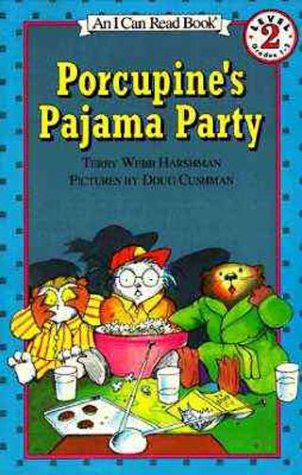This book is about a kid who is given a chance to win a million dollars by making a free throw shot during halftime at the NBA finals. It's all about peer pressure, believing in yourself, having the courage to face your fears and doing the right thing no matter what.
Content Level: Literature, Sports
Reading Level: grades 3-5
Creative Activity: I would have the kids make a reading journal. Each chapter they would have a different task they had to do. One chapter they could draw a picture, one write a poem, one focus on vocab words etc.. Each task would focus on the important characters, events and plot of that chapter.











